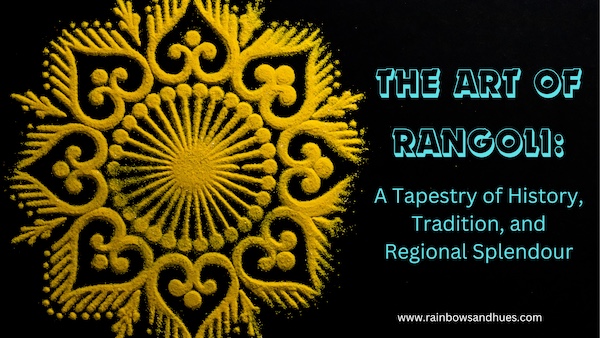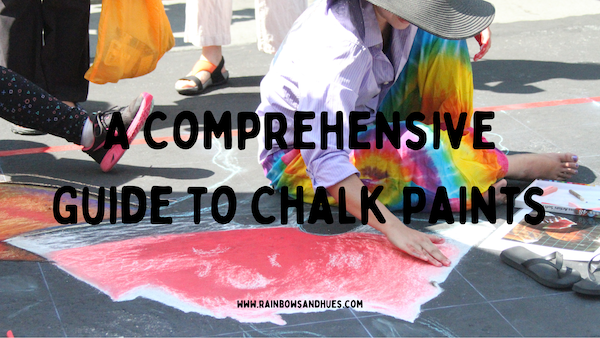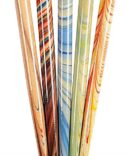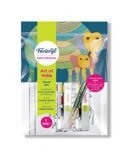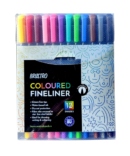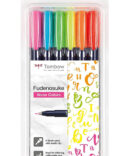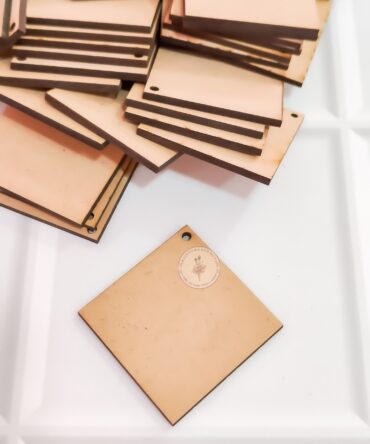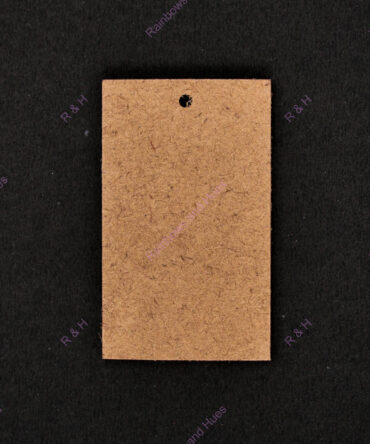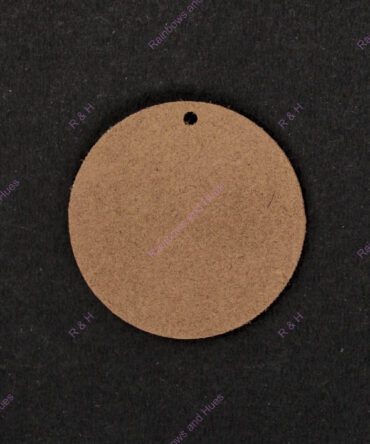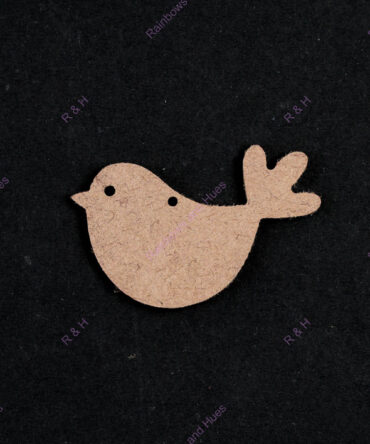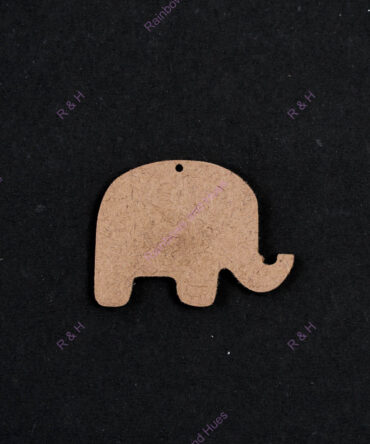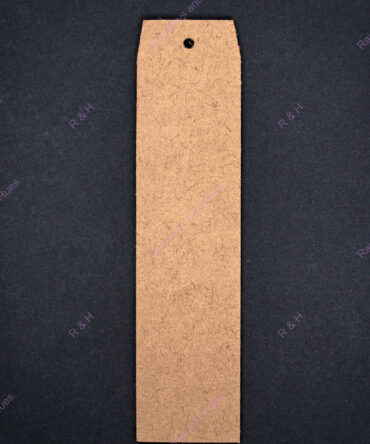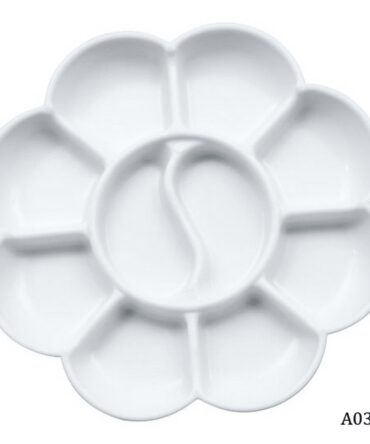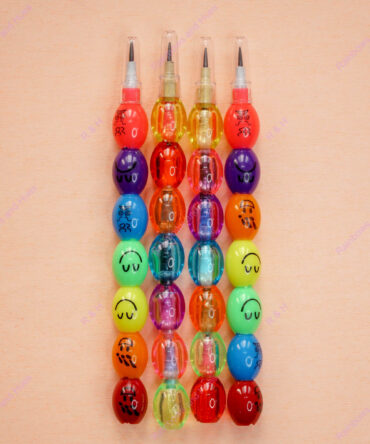Rangoli, an ancient Indian art form, is a vibrant and colorful expression that holds a significant place in the cultural tapestry of the subcontinent. Rooted in tradition, this intricate art has evolved over centuries, capturing the essence of diverse regions and celebrating occasions with its kaleidoscopic brilliance.
Historical Origins:
Tracing its roots back to the Vedic era, Rangoli finds its inception in the sacred rituals performed during festivals. Initially, it was a simple practice of creating geometric patterns using rice flour at the entrance of homes to welcome deities. Over time, it metamorphosed into an art form that transcended religious boundaries, becoming a symbol of unity and festivity.
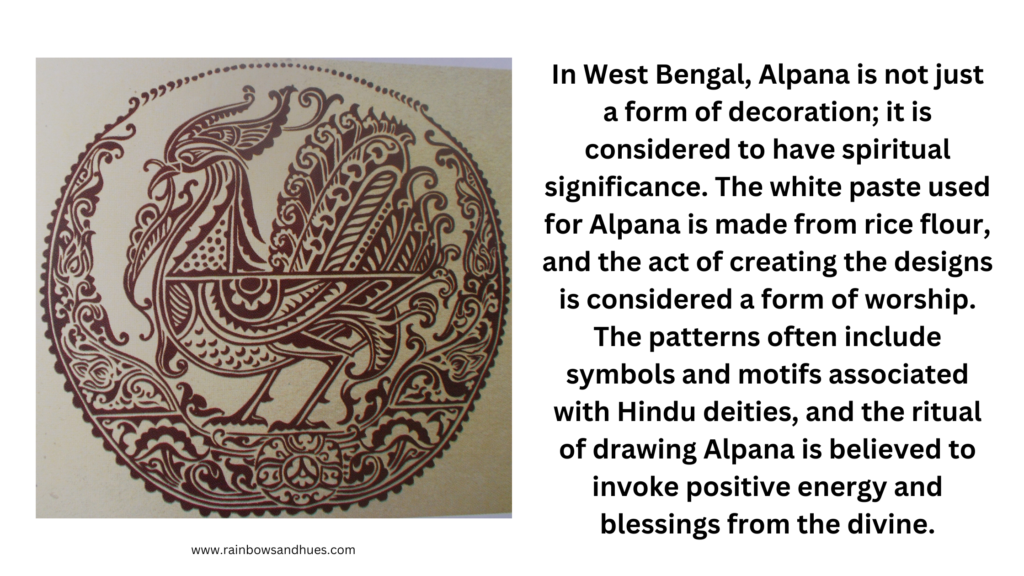
Tradition and Rituals:
Rangoli, often created by women, is not just a decorative art but also a ritualistic practice. The intricate patterns, handed down through generations, carry a cultural legacy. During Diwali, the Festival of Lights, it takes center stage, adorning thresholds with radiant hues, symbolizing prosperity and good luck. The act of creating this art form itself is considered auspicious, fostering a sense of community and togetherness.
Regional Variations:
The beauty of Rangoli lies in its diversity, with each region infusing its unique flavor into the art form. In North India, geometric designs dominate, reflecting a mathematical precision. In South India, the emphasis shifts to floral and nature-inspired motifs, depicting the rich biodiversity of the region. The West embraces symmetry, while the East leans towards asymmetrical patterns, adding a dynamic element to the canvas of colors.

Influence of Cultural Festivals:
Rangoli is not confined to a single festival; its allure spreads across various celebrations. In Maharashtra, during Gudi Padwa, the Maharashtrian New Year, Rangoli takes on a special significance. In Tamil Nadu, Pongal, the harvest festival, witnesses the creation of elaborate Kolam designs, a form of the art form. The cultural mosaic of India is reflected through these diverse interpretations of Rangoli during festive occasions.
Contemporary Trends:
In the contemporary era, Rangoli has transcended traditional mediums. While the conventional use of rice flour and natural dyes persists, artists now experiment with materials like flower petals, colored powders, and even digital mediums. Competitions and events showcase the evolution of the art form, blending traditional elements with modern aesthetics.
Also Read: Artists & Discipline
Regional Rangoli Types
Rangoli is a traditional Indian art form that involves creating intricate and colorful designs on the ground, typically at the entrance of homes, during festive occasions. Each region in India has its own unique style, patterns, and names for Rangoli. Here are details about the art of Rangoli in 5-6 different parts of India:
-
Kalam (Maharashtra):
-
-
- When: Kalam is popular during festivals and auspicious occasions.
- How: Kalam involves using a cone-shaped tool filled with colored powder or rice flour to draw intricate patterns on the ground. The designs are often floral and may include peacocks, paisleys, and other motifs.
- Materials:Colored powder or rice flour.
-
-
Aripan (Uttar Pradesh):
-
-
- When:Aripan is commonly made during festivals and religious ceremonies.
- How:Aripan designs are created using a paste made from rice flour or wheat flour mixed with water. The patterns are usually simple geometric shapes, flowers, and peacock motifs.
- Materials:Rice flour or wheat flour paste.
-
-
Sanskar Bharti Rangoli (Western India):
-
- When: Sanskar Bharti is often made during Diwali and other important festivals.
- How: This style involves bold and large symmetrical patterns with vibrant colors. Artists use a combination of chalk, rangoli powder, and flower petals to create intricate designs.
- Materials: Rangoli powder, chalk, and flower petals.
Also Read: Aipan Art: Preserving Heritage Through Patterns and Colors
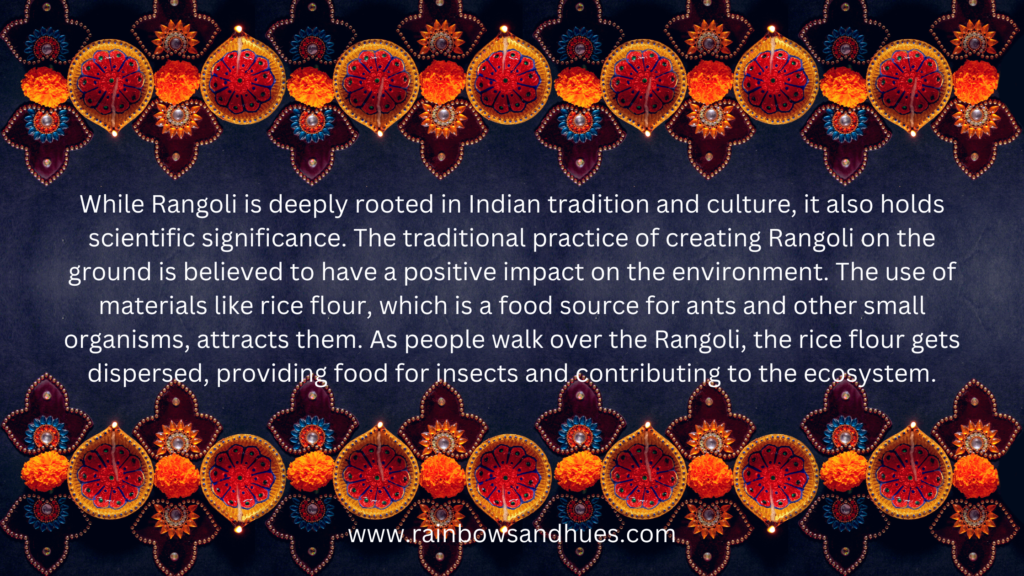
Relevance of Rangoli in Sankranti Festivals Across India
The festival is not only significant for its astronomical importance but is also a time for expressing gratitude for the harvest and celebrating the changing seasons. Rangoli plays a special role in Sankranti celebrations, with distinct styles and patterns in various parts of India.
-
Muggulu (Andhra Pradesh and Telangana):
-
-
- Designs: Muggulu patterns during Sankranti are often themed around traditional symbols like the sun, sugarcane, and pots of rice. Circular designs with intricate dots and lines are prevalent, creating a vibrant and auspicious atmosphere.
- Materials: Rice flour is commonly used to create Muggulu during Sankranti, symbolizing abundance and prosperity.
-
-
Sankranti Rangoli (Maharashtra):
-
-
- Designs: In Maharashtra, Sankranti Rangoli often features the traditional ‘Tilgul’ (sesame seeds and jaggery) and ‘Haldi-Kumkum’ patterns. Women create designs of tilgul and sugarcane, reflecting the spirit of sharing and sweetness associated with the festival.
- Materials:A mix of rangoli powder, flower petals, and colored rice powder is used to create these designs.
-
-
Pongal Kolam (Tamil Nadu):
-
-
- Designs: Pongal Kolam during Sankranti showcases pots of overflowing rice, sugarcane, and sun motifs. The designs reflect gratitude for the harvest and the abundance of food.
- Materials: White rice flour is commonly used for Pongal Kolam, symbolizing purity and prosperity.
-
-
Uttarayan Rangoli (Gujarat):
-
-
- Designs:In Gujarat, Sankranti is celebrated as Uttarayan, and the Rangoli designs often depict kites, as kite flying is a popular tradition during this festival. Vibrant and colorful designs with geometric patterns are created to mark the joyous occasion.
- Materials:Colored powder and flower petals are commonly used for Uttarayan Rangoli.
-
-
Bihu Alpana (Assam):
-
-
- Designs: In Assam, Bihu Alpana during Sankranti is characterized by traditional Assamese motifs such as ‘jaapi’ (traditional hat), ‘xorai’ (brass offering tray), and cultural symbols. The designs celebrate the cultural richness of Assam.
- Materials:A paste made from rice flour or rice powder is used for creating Bihu Alpana.
-
-
Sankranti Rangoli (Karnataka):
-
- Designs:Sankranti Rangoli in Karnataka often features designs of sugarcane, cattle, and traditional symbols. The use of earthy colors and intricate patterns reflects the agricultural essence of the festival.
- Materials:Colored rice powder, flower petals, and rangoli powder are commonly used.
Rangoli, with its rich history, deep-rooted traditions, and regional diversity, stands as a testament to India’s cultural vibrancy. Beyond being a visual spectacle, it fosters a sense of community, connecting people across generations. As we marvel at the kaleidoscope of colors that form intricate patterns on the threshold, we witness not just an art form but a living tradition that continues to evolve and enchant.
Also Read: Lippan Art: A Unique Blend of Tradition and Craftsmanship
***
Hop over to our website www.rainbowsandhues.com to explore exciting offers on arts & craft supplies on our website! Follow @rainbowsandhues on Instagram to get regular information on new products and deals!

